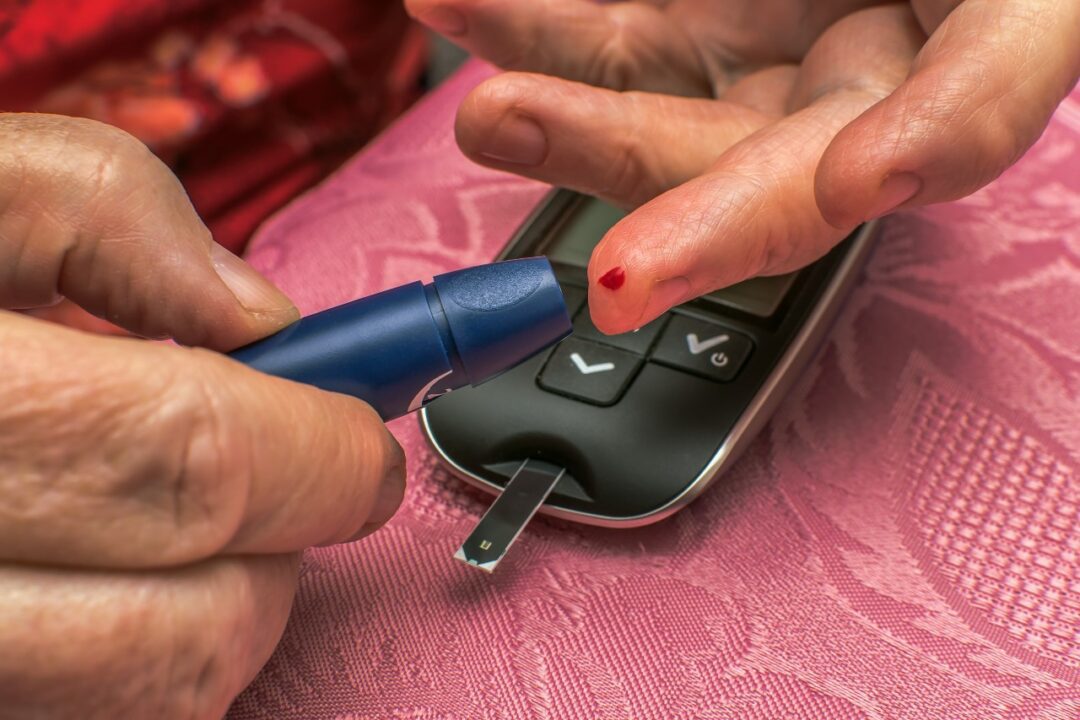
Of the 24 million Americans with diabetes currently, fewer than 10% are Type 1 diabetics. The great majority have Type 2 diabetes, the form that typically develops in adulthood and does not require taking insulin. Type 1 diabetes, previously known as “insulin-dependent” diabetes, is an autoimmune disease in which genetics plays an important role in its development. The development of Type 2 diabetes, on the other hand, is much more related to the effect of certain lifestyle issues, such as what you eat and your physical activity.
Several studies have looked at factors related to the development of Type 2 diabetes. One study conducted over 16 years, looked for the occurrence of type 2 diabetes in 85,000 female nurses. During that period of time, 3,300 of the women developed type 2 diabetes. In 90% of the cases, five factors were found to be responsible for the development of the disease: 1) being overweight, 2) not getting enough exercise, 3) eating an unhealthy diet, 4) smoking cigarettes, and 5) abstaining from drinking alcohol.
A second study followed over 42,000 healthy adult male health professionals for 12 years to assess for the development of type 2 diabetes. Factors that were associated with the development of type 2 diabetes in this study group were: 1) eating a “western diet” (characterized by higher consumption of red meat, processed meat, French fries, high-fat dairy products, refined grains, and sweets and desserts), 2) obesity, and 3) low physical activity.
When the findings from these two studies were combined, some encouraging results regarding the opportunity to prevent the development of type 2 diabetes emerged. Key points from this analysis were:
- In subjects whose weight was above the healthy weight range, losing 7 to 10 percent of their current weight cut their chances of developing Type 2 diabetes by 50%.
- Swapping out red meat or processed red meat for a healthier protein source, such as nuts, low-fat dairy, poultry, or fish could lower diabetes risk by up to 35%.
- In someone who rarely eats whole grains, eating two to three servings of whole grains a day reduced the risk of developing Type 2 diabetes by 30%.
- Walking briskly for a half hour every day reduced the risk of developing Type 2 diabetes by 30 %.
The bottom line is that, for the most part, Type 2 diabetes is a preventable disease. Eating a healthy diet, keeping one’s weight in a healthy range, and getting regular exercise are the most important factors in avoiding this disease.
It is estimated that around 57 million adults have a condition known as “pre-diabetes.” These people have somewhat elevated blood sugars, but not in the range for the diagnosis of diabetes. In this group of people, addressing lifestyle issues offers the real possibility of avoiding the development of Type 2 diabetes altogether. Likewise, people who are “at risk” (overweight, sedentary, eating an unhealthy diet, etc.), but currently have normal blood sugar values can drastically reduce their risk of developing Type 2 diabetes through attention to lifestyle measures.
To see if you are at risk, take the American Diabetes Association’s Diabetes Risk Test. Helpful suggestions for lowering your risk of developing diabetes through diet and exercise are also available through the American Diabetes Association.
If you have any more questions just Ask Hanna, our health advisors are here to help.
Image: ©Shutterstock / andrekoehn









